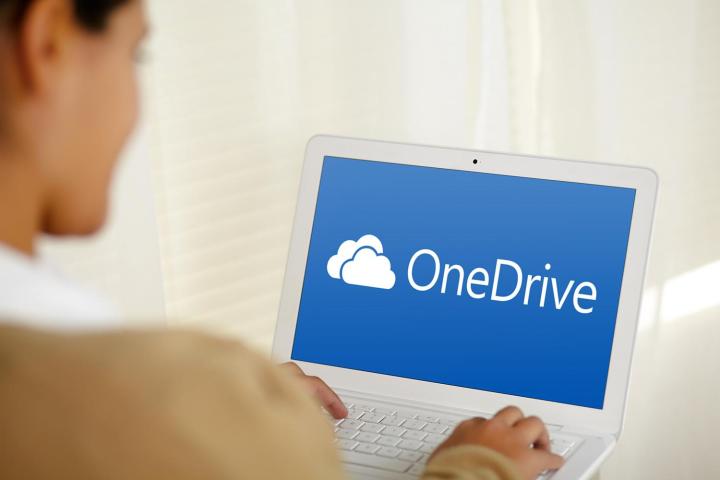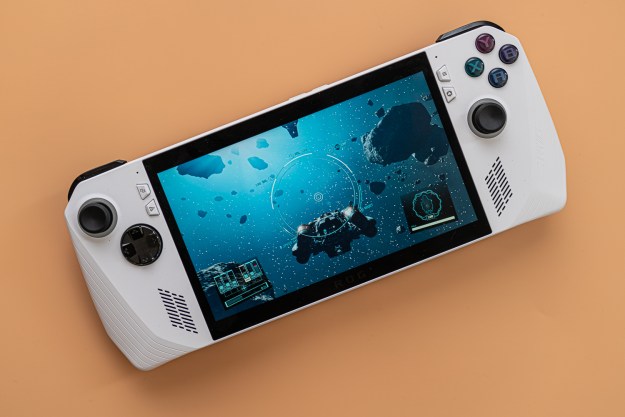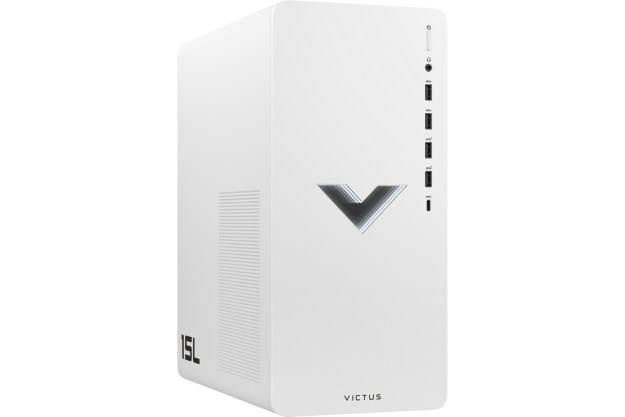
Files On-Demand seemingly brings the old “placeholders” feature back to OneDrive. It was originally offered on Windows 8.1. When users wanted to view or edit a file, they simply double-clicked on the placeholder, and OneDrive automatically downloaded it to the device. However, Microsoft replaced this feature with “selective sync” when it launched Windows 10 in 2015.
Currently, selective sync allows users to choose specific cloud-stored folders and files they want to synchronize locally on a Windows device. These locally stored files and folders are accessible through File Explorer, while all other cloud-stored data must be accessed via the OneDrive website or OneDrive app. However, Microsoft’s new Files On-Demand feature will provide local, visual placeholders in the OneDrive folder as well.
But that’s not all. Now that the Windows 10 platform knows what the user stores in the OneDrive cloud, desktop programs and Windows Store apps will be able to access these files. The files will seemingly work like any other locally-stored file unless the user doesn’t have an internet connection. If that becomes an issue, users can simply right-click on the file or folder and select “Always keep on this device.”
So how can users tell what files and folders are stored in the cloud? The Files On-Demand feature will inject File Explorer with a new cloud-shaped “status” column seated between the file/folder name and the modification date. Files and folders downloaded to the device will have a green check mark instead of the blue cloud icon.
“In addition to users, Files On-Demand benefits organizations and IT admins,” added Jeff Teper, corporate vice president for the Office, OneDrive and SharePoint teams. “Today, when someone syncs a SharePoint Online team site, files are re-downloaded on all synced devices when anyone makes a change. Files On-Demand will reduce network bandwidth by eliminating the need to continuously sync shared files on every synced device as teams collaborate.”
Windows 10 isn’t the only platform getting a OneDrive update. Android and iOS devices will soon have the ability to save entire OneDrive folders locally for offline use. Called OneDrive Offline Folders, any change made to the folders and their files while the user was offline will be synced once the Android or iOS device reconnects. The feature is available now for OneDrive Business accounts and Office 365 Personal/Home subscribers using
As for iOS device owners, OneDrive Offline Folders will roll out over the next several months. Until then, Apple customers can test drive OneDrive for iMessage now, after updating the OneDrive app. This feature allows iOS device owners to share documents, photos, and other files with friends and family, without having to exit the iMessage app. Users can even share an entire folder if needed.
Editors' Recommendations
- Microsoft admits defeat on its controversial OneDrive change
- OneDrive is getting stories, but it’s not what you expect
- Here’s how to switch from Samsung Cloud to OneDrive before time runs out


